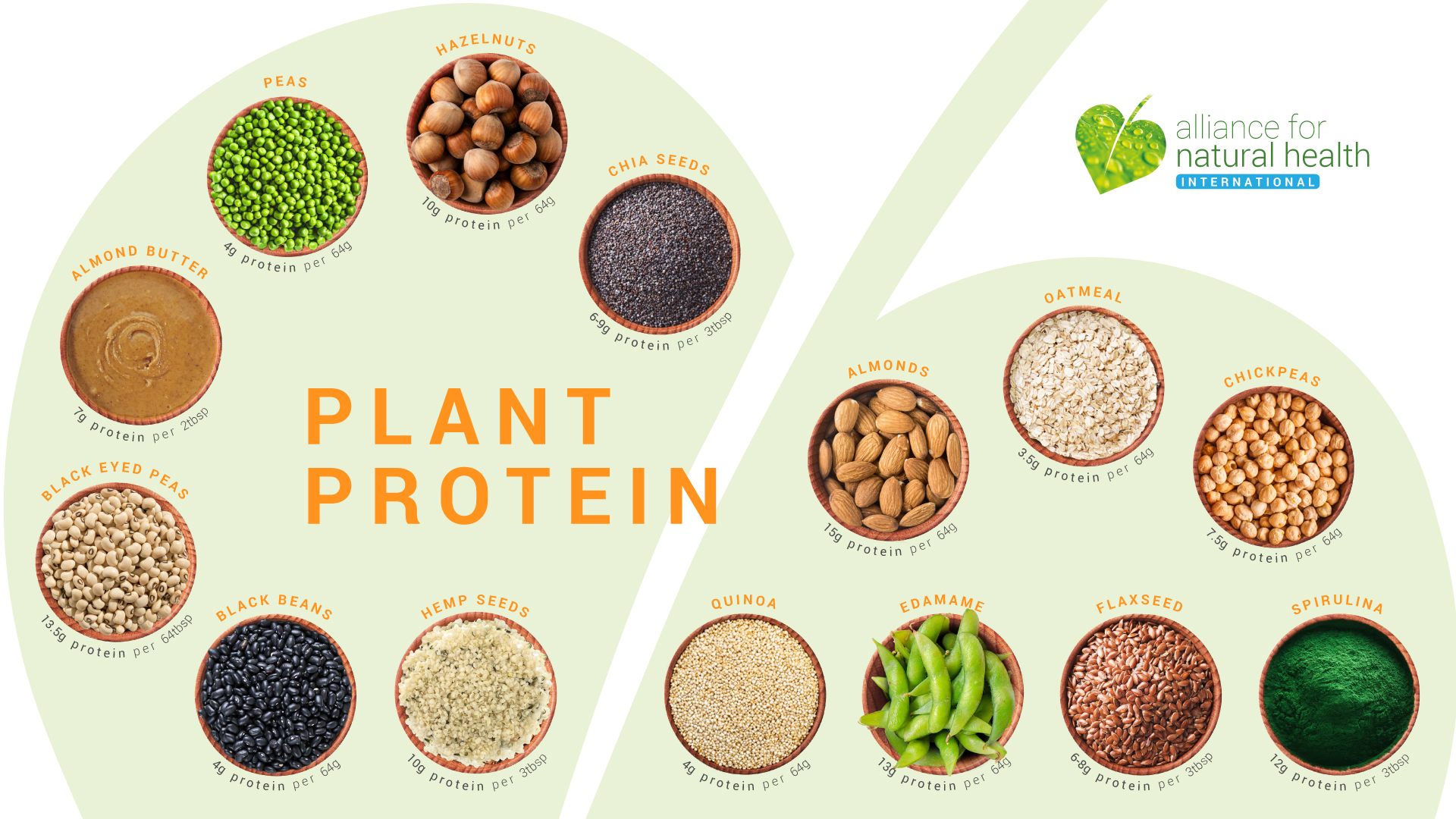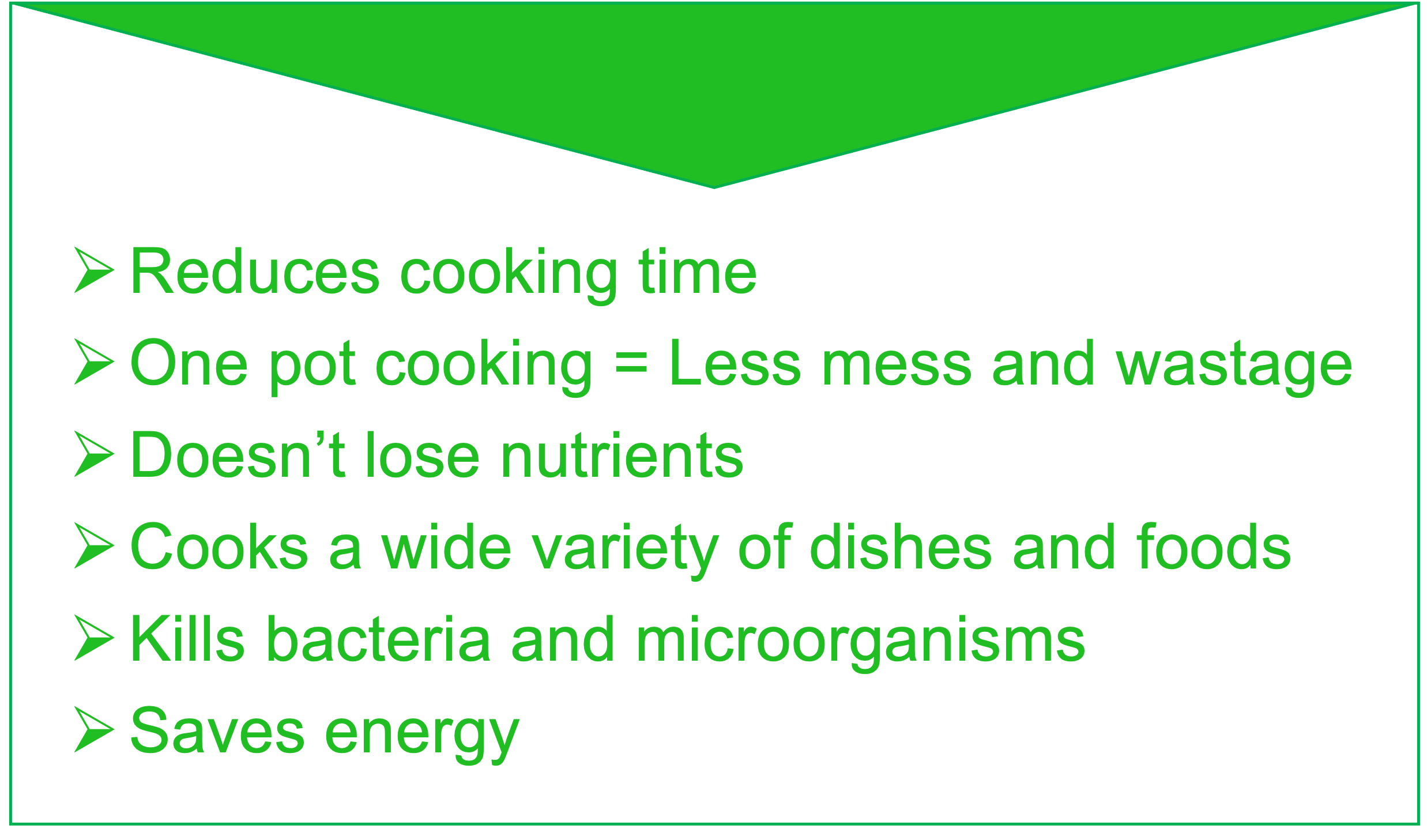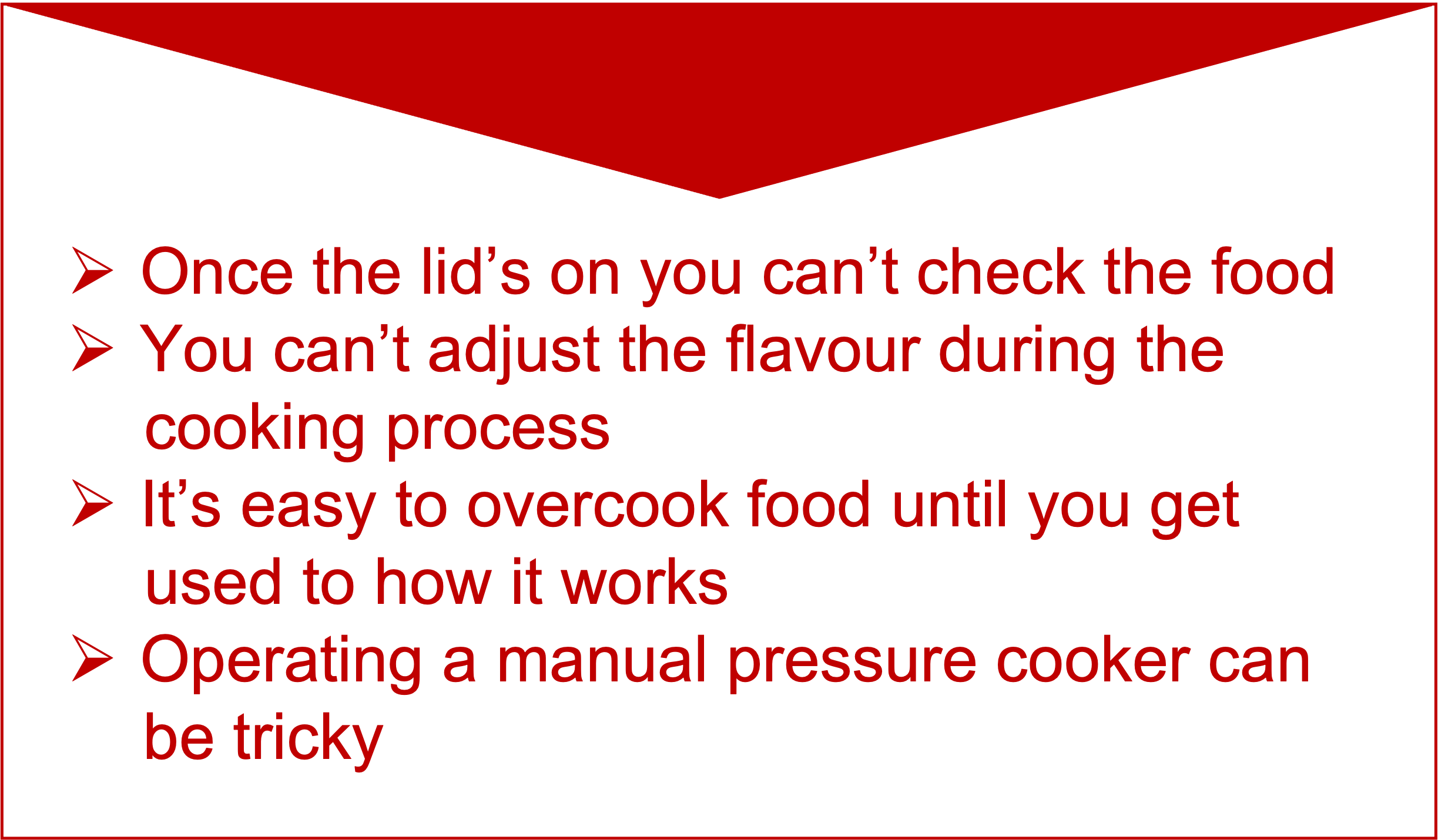Date:14 April 2022
Content Sections
- ● The trouble with lectins
- ● A blast from the past
- ● So, should you steer clear completely?
- ● Raising the pressure! The why and the what
- ● Pressure cooking Pros and Cons
- ● Cutting costs
Brits can’t be the only people in the world to be rejecting food parcels containing potatoes and root vegetables because they can’t afford the energy to cook them. As the cost of living continues to spiral in the wake of the multifaceted crises of coronavirus, Brexit and the war in Ukraine, we need to look at different ways to ease the pain for families.
Plant-based diets are continuously touted as the antidote to all ills from mitigating climate change attributed to animal farming to reducing chronic disease such as type 2 diabetes. While media reports hype the benefits of a plant-based diet, generally meaning little to no animal protein, exhorting ‘consumers’ to buy highly processed ‘plant-based foods’ or embrace the health benefits of pulses and legumes as a great way to replace animal protein in the diet, the energy required to cook such foods can be very expensive.
Alongside these challenges caused by the cost of cooking, there’s also the potential negative health impacts that proteinaceous plant foods can have — particularly for those who are sensitive to some of the plant compounds they contain.
The trouble with lectins
If you want to reduce the amount of animal protein you eat, then legumes are a natural go-to as they are, compared to other plant foods, relatively high in protein. However, alongside the all-important protein and fibre, they also contain plant compounds known as lectins, which act as ‘pesticides’ for the plants, so can be toxic and interfere with the absorption of nutrients. Hence they belong to a group of plant secondary compounds regarded as ‘anti-nutrients’ in human nutrition. For the unwary consumer, particularly if they’ve not been cooked properly, they can cause gut distress or worse.
We’ve written in detail about lectins and other potentially harmful compounds in plant foods, what they are and why they can cause health issues in our new book RESET EATING. But instead of avoiding pulses/legumes, it’s much better to improve the absorption of all the goodness, while breaking down the lectins and other anti-nutrients in them through the cooking process. In general, this is achieved in around 6 hours or so of slow cooking – which is heavily energy intensive with fuel prices as they are.

A blast from the past
Traditionally, legumes were soaked or fermented before being cooked for long periods of time to deactivate anti-nutrients, that have been long-known to cause digestive distress through their toxicity, the interference with gut microbial communities and causing gut permeability (‘leaky gut’).
In recent times we’ve taken to eating foods very regularly that either were traditionally only eaten in times of famine or used for medicinal purposes, or we don’t cook them using the traditional methods and now expose ourselves to toxins within the foods. An example is regular consumption of large amounts of edamame soya beans, which are young, green, lightly cooked soya beans. When we talk about anti-nutrients we include lectins, saponins, phytate, trypsin & amylase inhibitors, etc in this grouping. Levels of anti-nutrients vary depending on the legume. For instance, chickpeas contain twice as much lectin-based compounds compared with lentils.
So, should you steer clear completely?
No, definitely not, but we strongly advise denaturing the lectins particularly, so you can safely add more plant-based proteins to your diet. Before you say it, buying cooked legumes in tins/cartons, still need to have the anti-nutrients denatured as they’ve only had sufficient cooking to make sure they don’t kill you. Did you know that improperly cooked kidney beans have among the highest lectin concentrations of any known food and so can be among the deadliest foods we can eat?
Dried legumes are extremely cheap to buy and very economical as they go such a long way. But they do require long cooking times, which can be expensive. Thankfully this is where new isn’t always better. Pressure cookers have been widely used around the world, much more so in parts of Asia than in the West. They became something of a fad in the 60s and 70s in some Western households, but were largely ousted with the arrival of the microwave oven. If you’re a certain age, you may remember pressure cooker incidents that resulted in painting the ceiling with lurid sauce colours!
Incidents apart, pressure cooking completely breaks down lectins in a fraction of the time of normal cooking. Forty minutes in a pressure cooker is around the equivalent of 6 hours of slow cooking.
Less well known is that pressure cooking also consistently increases the amount of protein that can be absorbed from plant foods, as measured using in vitro protein digestibility (IVPD). Properly soaking your beans or pulses overnight to make the skins more permeable before cooking can also reduce the length of cooking time in a pressure cooker, further reducing the energy costs. You can rinse your legumes in a sieve or colander after soaking to wash off the white, lectin-rich film that develops.
Fermentation can also reduce anti-nutrients like lectins and phytates by 95% or more – especially if the fermentation exceeds 72h. This is why we consistently recommend tempeh over tofu in any of our vegan recipes in our book RESET EATING.

Raising the pressure! The why and the what
A pressure cooker has a tightly fitting lid that allows steam to build up under pressure inside the cooker, actively pushing heat into the food being cooked. This reduces the time it takes to cook the food, preserves more of the nutrients and reduces the amount of energy required to cook the food.
Pressure cookers have gone through many resurgences in popularity over the years. In recent years the electric pressure cooker has seen a rise in popularity as time-poor people look for quick ways to cook nutritious meals due to their ability to radically cut cooking time. For example, 6 hours of slow cooking, reduces to 40-45 mins in a pressure cooker and given the size, you can cook in bulk for freezing which reduces the cost.
There are two kinds of pressure cookers you can buy: the traditional stove-top pressure cooker (made from stainless steel or aluminium) or the more modern electric pressure cooker. Either is a great choice depending on your budget. Aluminium pressure cookers are best avoided due to the ability of the aluminium to leach into food and the associated health risks that poses.
For those on a tight budget, an electric pressure cooker may not be a realistic option, but traditional manual pressure cookers can be bought for as little as £30.00 GBP, $40 USD.
Electric pressure cookers tend to require a slightly longer cook time than stovetop cookers, as they have a slightly different cooking pressure. But they’re easy to use and free up the stove top for other pans. They also come with a variety of settings and functions to make their use easier and reduce the need to use other kitchen implements or additional cooking steps.
| Electric pressure cooker | Stovetop pressure cooker |
| Less likely to explode | Can explode if not used correctly |
| Has a timer | No timer. Needs to be monitored |
| Turns off automatically | Has to be removed from heat |
| Takes longer to reach pressure | Reaches pressure more quickly |
| Expensive to buy | Cheap to buy |
“Remember, the healthiest meals start with the healthiest ingredients. But don’t forget the way we prepare or cook those ingredients can make a big difference to how the information in our food talks to our body.” – Melissa Smith, outreach & comms officer
Pressure cooking Pros and Cons
Pros Cons


Cutting costs
It’s estimated that around 30% of a household’s energy use goes towards cooking related items including freezers, fridges, dishwashers and cooking itself.
According to a recent article, using an electric pressure cooker (in this case an InstantPot) reduced the amount of energy used to cook a dish by four and a half times that used by a conventional oven.
It’s worth remembering that pressure cookers also make short work of cheaper cuts of meat that can take several hours to cook in an oven.

>>> Buy your copy of RESET EATING for the science behind keto-adaptation and being flexi-keto
>>> Find out how to cook beans in a stovetop pressure cooker
>>> Alliance for Natural Health International re-Publishing Guidelines
>>> Has this article generated questions for you? Did you know our ANH Pathfinder Members get a free monthly Q&A as part of their annual membership? Why not Join us!
Proudly affiliated with: Enough Movement Coalition partner of: World Council for Health

Podcast Video News Event Campaign All

